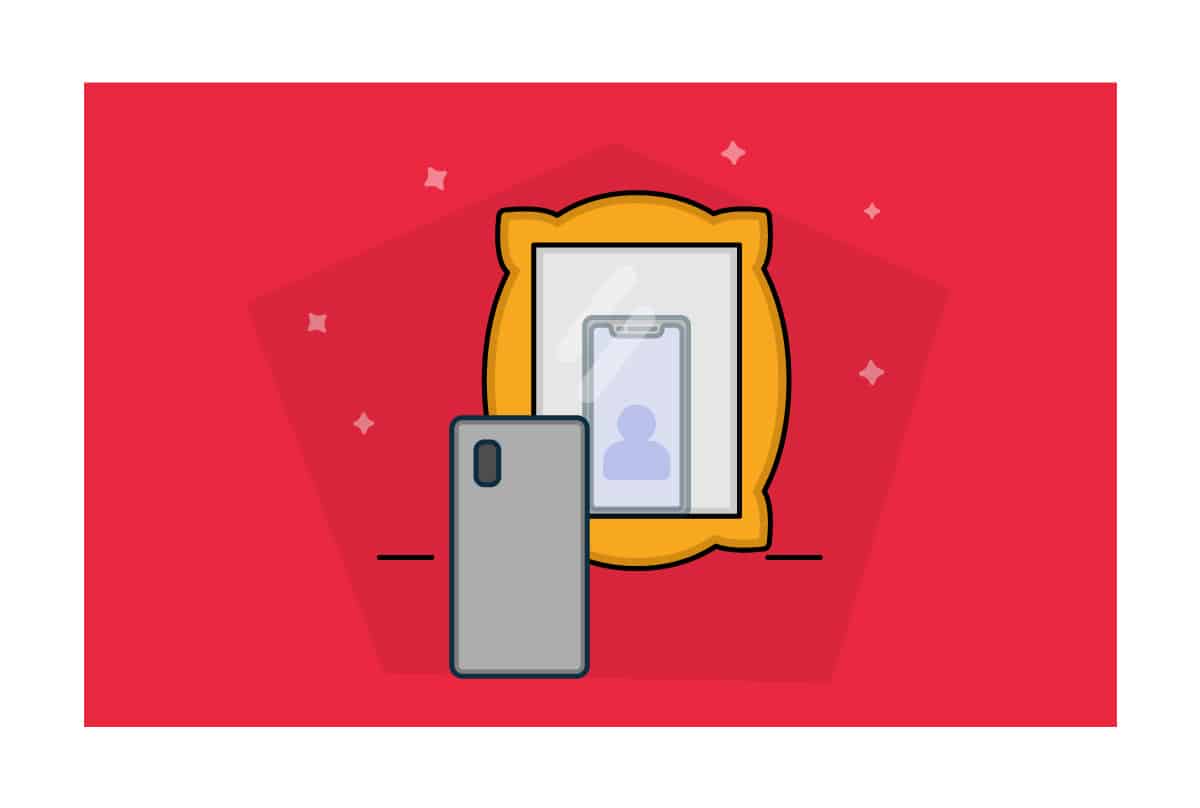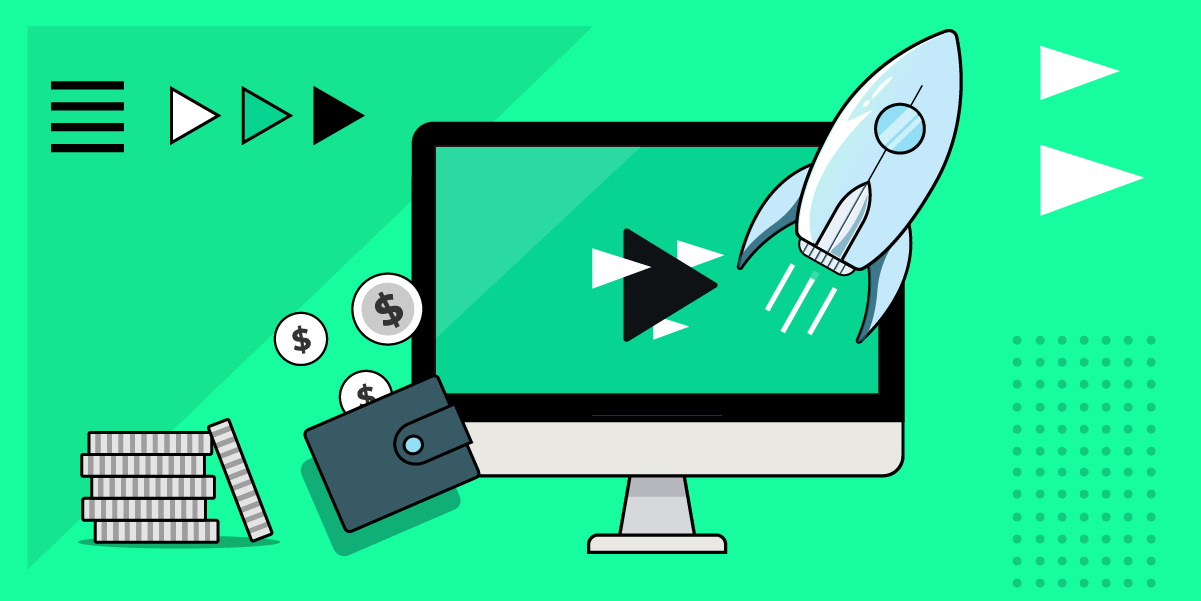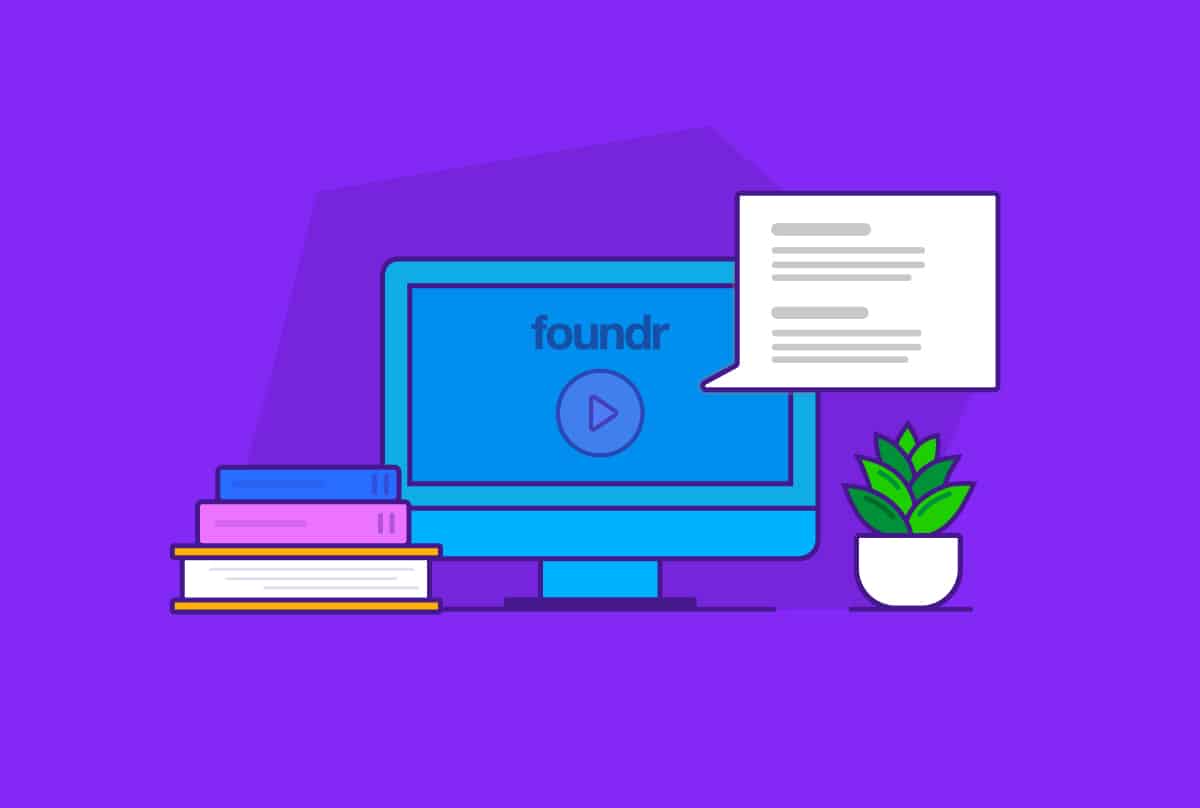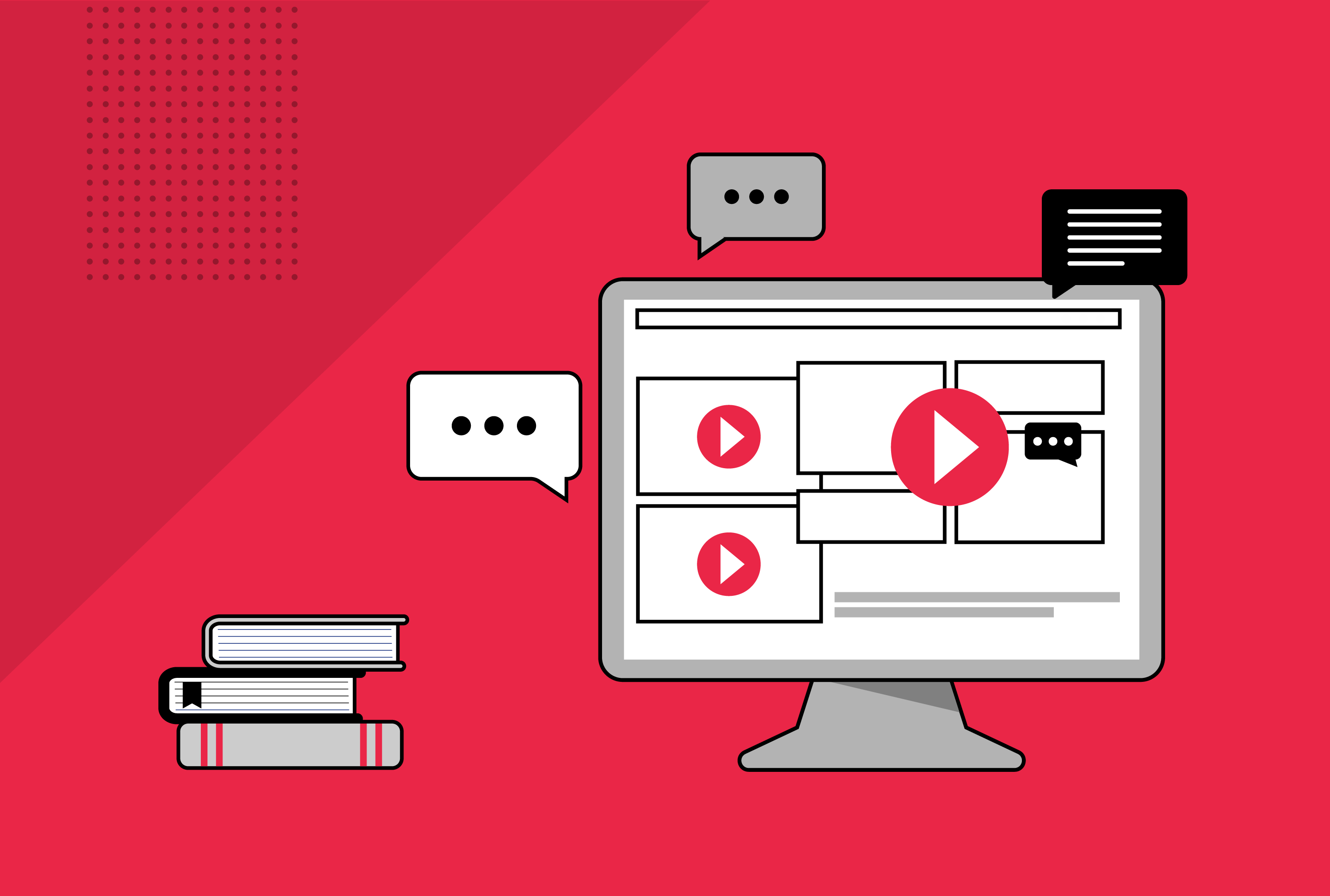I’ll never forget the day I sold my first digital product online. It was 2014, and I wrote a simple ebook called, How to Talk to People Even if You’re an Introvert.
In retrospect, I way underpriced the book (it was only $9) and my marketing strategy was horrible (I sold fewer than 20 the entire time it was available for sale).
But I still remember getting those glorious PayPal notifications: “You’ve got money.”
The feeling of listing something online and selling it to somebody I’d never met—in a city I’d never heard of—and repeating that process over and over again was thrilling. In fact, I loved the feeling so much I decided to make a career of selling digital products online.
But I must admit, once I dove into the industry, I was dismayed to see the sleazy tactics people resorted to in the name of boosting sales. To increase conversion rates, people turned to:
- Fake countdown timers
- High-pressure sales tactics (that ultimately make customers feel buyer’s remorse)
- Never-ending deals and discounts
- And teeny, tiny disclaimers to bury the fact that “results weren’t typical”
All this left me with the lingering question, “Did it have to be this way?”
Now, after five years in the trenches of digital marketing, and helping my clients generate over $50 million in sales, I can confidently say the answer is no. You can build a real, successful business without using any scuzzy sales tactics.
And in this post, I want to show you how you can authentically market your digital products without compromising your sales—or your integrity. In fact, if you use the three secrets in this post and study the examples below, you could increase your sales, all while creating much happier customers than any business using unsavory sales strategies.
3 Secrets to Authentically Selling Your Digital Products
Secret #1: Don’t Be Afraid to Spill Your Guts
In a world of perfectly edited Instagram photos from exotic beaches, it’s tempting to only want to put your best face forward. But the truth is, perfection is far from the only voice people want to hear.
As much as we all like a good success story, we also love people who are willing to take off the mask and show us the unvarnished versions of themselves.
For example, James Altucher, the author of the Wall Street Journal-bestselling book Choose Yourself and founder of 20 companies, is known for spilling his guts on his blog and in his emails.
He tells stories about his struggles with depression, anxiety, and losing millions of dollars.
Many writers and founders alike worry that this kind of transparency will ruin their business. But people love Altucher for his honesty. And that’s not just something they say. That’s something they back up by pulling out their wallets and buying his stuff.
After launching his own digital product business, his fans took action in droves because they knew they could trust him. In fact, in a 2016 interview on Mixergy, he said that his blog was doing over $18 million in annual sales and has only continued to scale from there.
The takeaway here is that sometimes it pays to post your flaws and the raw outtakes. According to one study, 92% of people weight the transparency and trustworthiness of a business before making a purchasing decision.
The point is that businesses and people that attempt to hide their authentic selves will lose to businesses that put transparency and honesty first.
So if you sell an online course, don’t just talk about how amazing it is. Tell people about the first few versions that sucked and how you kept iterating to improve it. Your audience will love hearing the fact that you cared enough to make it better.
If you have an ebook for sale and a customer notices a typo, don’t just hide it. Come clean or even make a joke of it! People love when brands are willing to poke fun at themselves.
If you sell software and someone finds a bug, email your customers about fixes that you’re working on. Your audience will enjoy being on the journey of improvement with you.
Remember, prioritize being real over being perfect. And when it comes to business, trust trumps any cheap sales tactic.
Secret #2: Create Win-Win-Win Situations
One of the biggest appeals of starting an online business is the potential for large profit margins.
For example, if you sell a physical item like Quest Bars in grocery stores, you likely only keep a few cents for every dollar you make. Much of the money goes to overhead, ingredients, middlemen, and keeping up the physical store or displays.
Compare that to an online business selling digital goods. Other than merchant fees and the software to fulfill the order, you get to keep almost 100% of every dollar you make.
That being said, just because you can keep the money for yourself doesn’t mean you should.
Research suggests you may get a much better ROI and grow your business even faster by putting a portion of those funds into charitable causes. This is especially true if your business targets younger consumers. According to Fortune magazine, millennials and Generation Z are more inclined to purchase from and want to work for companies that give to charities.
For example, companies like Toms famously give a pair of shoes to kids in need for every pair sold.
Of course, this is an added cost for the business, but it’s also one of the key secrets to the company’s growth. Because of the way word spreads on social media, along with the common desire to contribute to a good cause, Toms became one of the fastest-growing businesses of the last decade.
They’re now approaching $1 billion in annual sales and have donated almost 100 million pairs of shoes to kids in need. And the best part is they’ve never had to resort to sleazy sales tactics to achieve that kind of growth.
The same can be true for the online business you build. If you tie your brand to a cause people believe in, it can motivate consumers on the fence to purchase from you over someone else.
The guys over at Conversion Fanatics ran a test and confirmed this. They placed a banner at the top of their software sign up page that explained to customers a portion of every sign up would go to helping fight world hunger.
According to their findings, this “increased the premium product signup by 9.9% and the revenue per visitor by 12%.”
No blinking timers. No flashing buttons. Just giving to a meaningful cause.
Of course, you shouldn’t just do it because it lifts your conversion rate. You should do it because it’s a win for your business, a win for the customer (who gets to give to a good cause), and a win for the recipients of this donation.
Secret #3: Leverage the Asset Nobody Can Copy: YOU
I remember the first sales page I ever saw for an online course.
It started out with a big headline that read “Attention Fellow Marketers!” and went on and on about all the secrets I would discover if I only coughed up $1,997 for the online course. Honestly, most of the testimonials seemed fake, and I felt like I needed to shower after reading it.
I asked my copy mentor at the time, “Is this really how we have to sell online?”
He gave me a piece of advice I’ll never forget, “Never do anything that’s not you. People will see through it in an instant and it will only hurt you.”
That advice stuck with me. And I always stress the same truth with my own clients. You don’t have to resort to any tactic online that makes you uncomfortable. The best strategy is the one only YOU can do and nobody else can copy.
For example, we’ve all seen the ads with people standing in front of Lamborghinis, talking about how much money they make and how easy it is to get the same results. This started because some marketers found success with it and now it’s spread all over the internet.
But do you have to use this technique to succeed online?
Well, Graham Stephan, one of my favorite YouTubers, decided to find out. Stephan creates videos about real estate, credit card hacking and investing. He also has a few online courses for sale. And up until a few months ago, he’d never ran any ads for them.
But he was curious what would happen if he did. So he flew to Atlanta to see his friend who’d just bought a Lamborghini. Once there, he shot an ad where he stood in front of the car and bragged about his success.
It was totally out of character for Graham, but he wanted to see what would happen nonetheless. So he set up the ad to retarget people who’d visited his course sales page but didn’t buy.
He spent $481 and generated $2,970 sales, which is fantastic. He made $6.17 for every dollar he put into advertising.
But while the ad’s performance was great, he did get a lot of people calling him out for the scammy-looking ad.
And he even had a few people unsubscribe from his channel entirely.
After running the Lamborghini ad, he decided to try another approach.
In the second ad, he just shot a simple video in his studio, explaining the same offer to people.
This time, he only spent $66.98, but he generated $2,309.01. That’s a whopping $34.47 for every dollar he put into advertising.
In other words, the second, true-to-himself ad performed almost six times better than the ad in front of the Lamborghini. And instead of selling out, he was 100% authentic to his branding,
The key difference was his fans could tell when he was being inauthentic and when he was being himself. When they didn’t feel tricked or manipulated into buying, they wanted to support him and pulled out their credit cards in droves to show their support.
In the end, there’s always a new marketing tactic you can try to boost your conversion rates and sales online.
But there’s only one you, and you are irreplaceable to your audience. Put building their trust in you above all else, and you will win in the long run.
Bonus Secret: Test Everything!
I’ll leave you with one final tip on how to authentically market your digital products: test everything! Many techniques you’ll find online for boosting sales of digital products are old, outdated, and anecdotal at best.
And some of my biggest wins have come from turning common sales tactics on their heads.
For example if everyone is doing webinars that are really just thinly veiled sales pitches, you could try not selling anything on yours.
Instead, on the webinar, just give pure value and have people who are interested in going further apply to work with you. So rather than you selling them on a course for 45 minutes, they sell you on why they want to learn more from you.
In the end, a huge part of authentic marketing is testing ideas like this. The key is when you do anything make sure you always put trust, honesty and transparency first. Businesses built on these principles can stand the test of time.
What Brands Do You Love for Their Authenticity?
You never have to resort to cheap or sleazy tactics to sell your products.
In fact, as you’ve seen, you can actually grow your sales, profits, and create happier customers by choosing the higher road.
So if you’ve wanted to sell a digital product but been afraid to be manipulative or pushy, hopefully you’ve seen a new path.
Let’s make this the beginning of a new chapter for digital marketers around the world and push our peers to do more. Beyond my passion for authentic marketing, I want to start a conversation about this. So I’d love to know:
What brands, businesses, or people do you love because they’re authentic?
Have you noticed authenticity making an impact on your purchasing behavior?
Better yet, have you ever come across a business that used sleazy tactics and decided to never buy from them again?
Leave us a comment with your story below! I can’t wait to hear about the brands you love.




















